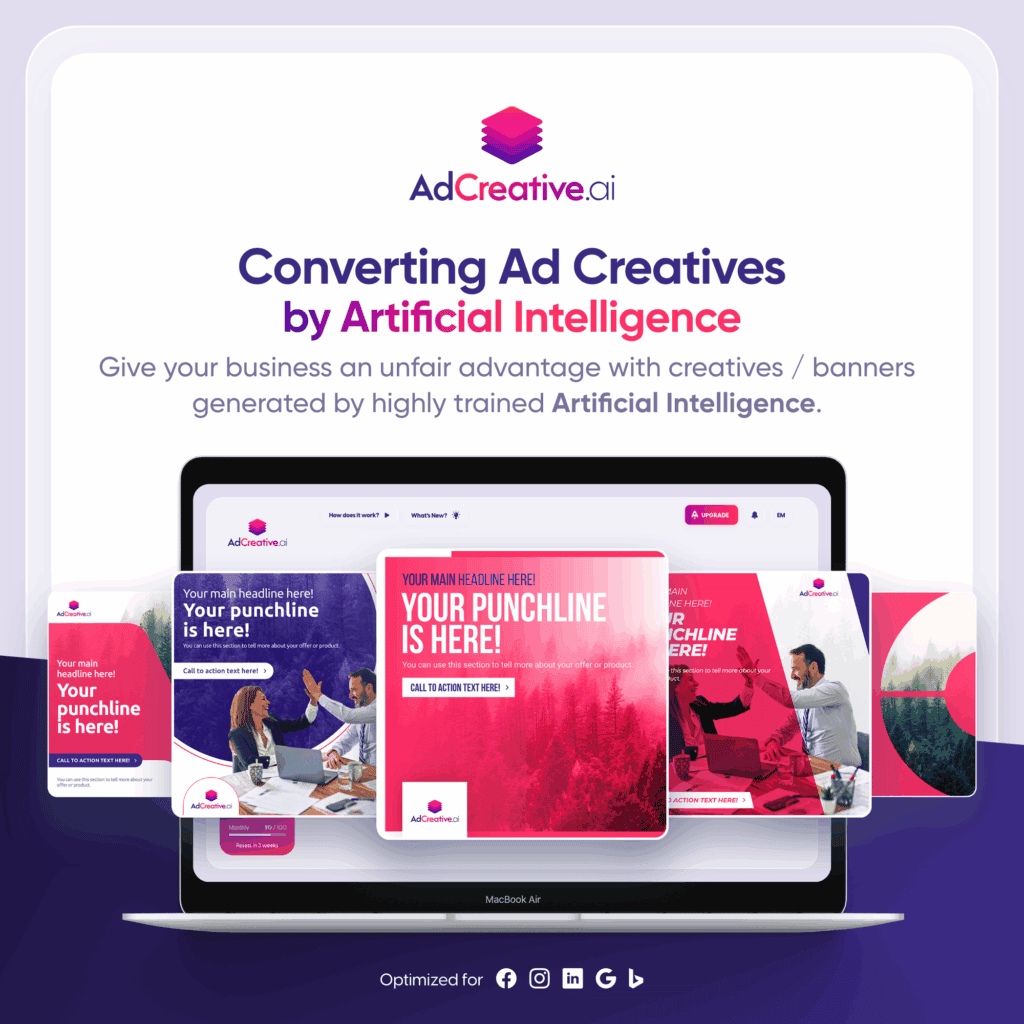Pruebas A/B en WordPress

El concepto de pruebas A/B tiene sus raíces en algunas técnicas de experimentación estándar. En concreto, la idea de tener un control en un experimento. El control es la parte del experimento que se mantiene constante de prueba a prueba para que pueda atribuir con seguridad cualquier diferencia en los resultados al elemento que cambia. En el caso del diseño web, el control son todos los elementos de la página con los que no se está experimentando. Cambiando cuidadosamente un componente de una página (o en este caso concreto, un anuncio) se puede ver qué provoca una mejor respuesta por parte del usuario.
Planificar una prueba A/B
Una vez que empiece a considerar la idea de probar sus anuncios, es posible que se deje llevar. Intente que sus pruebas se centren en un elemento cada vez. Pruebe con dos titulares diferentes y vea cuál funciona mejor antes de cambiar la imagen y la oferta. Recuerde que el concepto es tener una pequeña diferencia medible y mantener todo lo demás igual. Además, asegúrese de crear páginas de destino que coincidan con los distintos cambios que realice en sus anuncios para que sus usuarios tengan una experiencia fluida. Si está realizando pruebas A/B de su oferta, la página de destino tiene que reflejar la misma información.
Realización de pruebas A/B en WordPress
Hay muchas maneras diferentes de implementar pruebas A/B para WordPress. Esto se divide en algunas categorías específicas.
- Plugins - Hay una gran cantidad de plugins que pueden añadir la capacidad de pruebas A/B a su sitio web. Puede encontrar una gran variedad de ellos en el repositorio de WordPress. Algunos de estos plugins prueban una parte muy específica de una página de WordPress y pueden no ser aplicables para probar sus anuncios específicamente. Incluso hemos escrito un plugin que se integra con Google Content Experiments para realizar pruebas A/B.
- Saas - Hay varios servicios de software que ofrecen pruebas A/B como parte de sus servicios. Dependiendo de cómo se construyan sus anuncios, es posible que pueda aprovechar uno de ellos para realizar sus pruebas. En este ámbito destacan Unbounce, Optimizely, Kissmetrics y ConversionXL. Estos servicios se integran con WordPress a través de sus propios plugins.
- Temas - Incluso hay algunos temas que incorporan pruebas A/B. Divi tiene una característica Divi Leads que le da resultados en el tablero de instrumentos. Thrive themes también ofrece pruebas A/B integradas en sus temas.
Tú decides qué método funciona mejor. Si el costo es una consideración primordial, entonces las soluciones de plugin o tema van a ser una gran victoria. Si la descarga de la sobrecarga de la prueba A / B es importante para el rendimiento del sitio, entonces las soluciones saas van a ser la mejor ruta. Vas a tener que decidir qué necesidades son más importantes para su sitio.
Más recursos para A/B Testing
Hay muchos recursos excelentes para obtener información sobre las pruebas A/B.
- ConversionXL tiene una guía muy completa de pruebas A/B.
- Kissmetrics ofrece una buena introducción al tema.
- Smashing Magazine tiene una guía definitiva sobre las pruebas A/B que cubre todas las áreas relacionadas.
- WPBeginner tiene un tutorial centrado en el uso de Google Analytics para las pruebas de división.
¿Listo para empezar?
There are licenses available for all types of sites needs needs.
Find the AdSanity tier that is right for you.
Want to give AdSanity a try?
Find the plan that fits your site and jump in.
Ready to make your ads work for you?
Pick the plan that fits and get started.
Let’s get your ads running.
Choose the plan that works best for you and start today.
Time to take control of your ads.
Find your perfect plan and go for it.
Ready to Make Money With Your Site?
Get ads on your site in
60 minutes or less
with AdSanity.
With our 14-day money back guarantee, it’s easy to see if AdSanity is the right fit for you.
Tags
Our Community
Join our mailing list to keep up to date on everything happening with AdSanity and Pixel Jar.
Note: Your email address will be added to our CRM and be used to receive emails from Pixel Jar. You can unsubscribe at any time.




